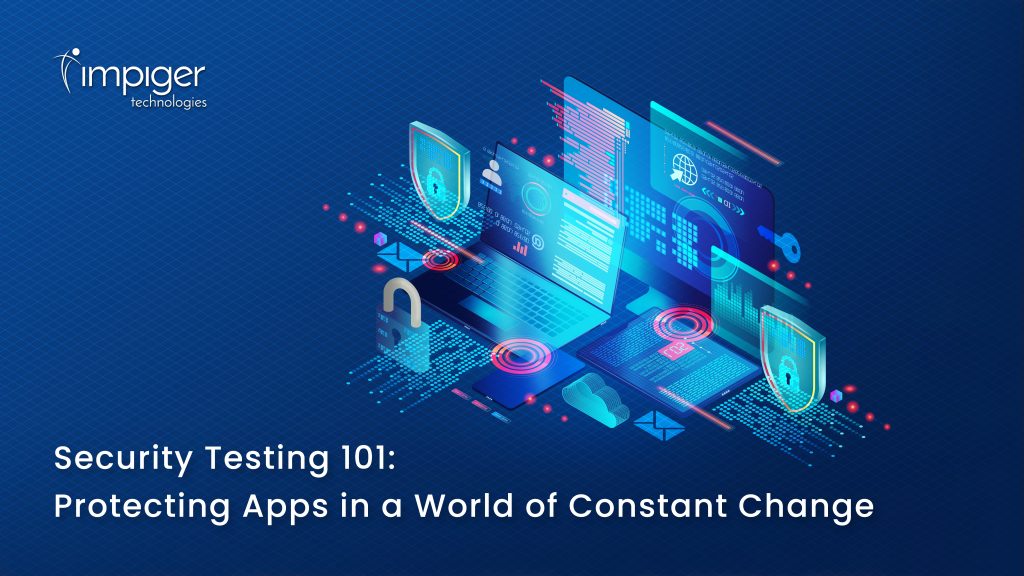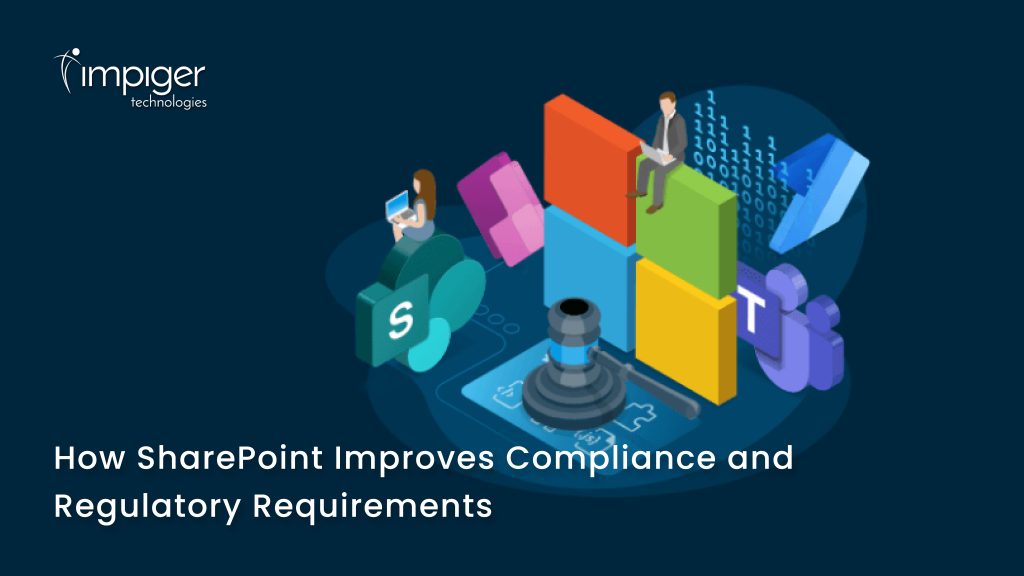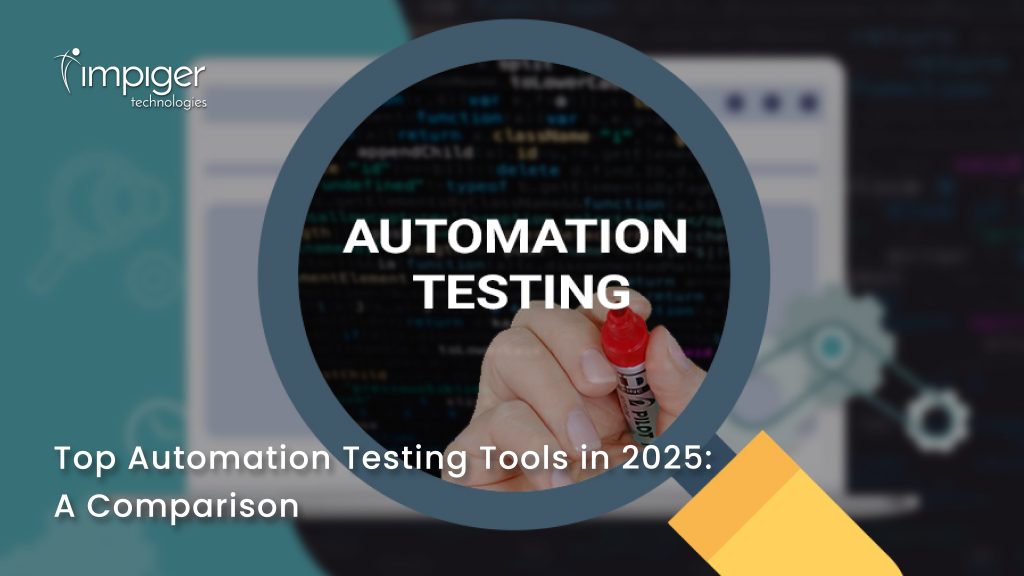Introduction
In today’s API-driven world, ensuring optimal performance is crucial for a seamless user experience and application stability. High traffic volumes, unpredictable usage patterns, and resource constraints can all lead to API performance degradation, impacting user satisfaction and business operations. WSO2 Enterprise Integrator (EI) offers robust functionalities like throttling and caching to address these challenges and optimize API performance effectively.
Understanding API Performance Bottlenecks:
Before diving into solutions, let’s explore common API performance bottlenecks:
- High Traffic Spikes: Unforeseen surges in API requests can overwhelm backend resources, leading to slow response times or even outages.
- Redundant Calls: Repetitive requests for the same data can put unnecessary strain on backend systems.
- Resource-Intensive Operations: Complex database queries or computations within APIs can significantly increase response times.
WSO2 Throttling for Controlled Access:
WSO2 EI’s throttling mechanism provides granular control over API access, preventing overload situations. Here’s how it works:
- Throttling Policies: Define policies that specify rate limits for API requests based on various factors like IP address, API endpoint, or user roles.
- Token Bucket Algorithm: WSO2 EI utilizes the token bucket algorithm for throttling. Each API has a bucket that refills at a predefined rate with tokens. Each request consumes a token, and requests exceeding available tokens are queued or rejected.
- Fine-Grained Control: Configure throttling policies at various levels (API, resource, application) for tailored control over access patterns.
WSO2 Caching for Faster Responses:
Caching frequently accessed data significantly reduces API response times. WSO2 EI offers two primary caching mechanisms:
- Resource Caching: Caches static API resource information like authentication type and throttling level, minimizing backend calls for this metadata.
- Data Caching: Caches dynamic API response payloads based on configurable parameters like request URI, HTTP method, and headers. This eliminates redundant backend processing for frequently accessed data.
Benefits of Throttling & Caching:
By implementing WSO2 Throttling & Caching, you can achieve significant performance gains and operational benefits:
- Improved Scalability: Handle high traffic volumes without compromising API responsiveness.
- Enhanced User Experience: Ensure faster response times and a smooth user experience for API consumers.
- Reduced Server Load: Reduce backend resource consumption by minimizing redundant calls and database queries.
- Cost Optimization: Lower infrastructure costs associated with handling excessive API traffic.
Best Practices for Implementation
Offering best practices can provide actionable advice for readers looking to implement these solutions:
- Understanding Your Traffic Patterns: Analyzing API usage to define appropriate throttling policies is a crucial step that keeps you informed and in control of your API performance.
- Prioritize Critical APIs: Apply stricter throttling to non-essential APIs to ensure critical ones remain performant.
- Regularly Update Policies: Continuously monitor and adjust throttling and caching policies based on changing traffic patterns and business needs.
- Leverage Analytics: Use WSO2 EI’s analytics capabilities to gain insights into API performance and make informed adjustments.
Technical Considerations:
- Cache Invalidation: Implement strategies to invalidate cached data when the underlying source data changes to ensure data consistency.
- Cache Size & TTL: Configure appropriate cache size and Time-To-Live (TTL) values based on data access patterns and update frequency.
- Monitoring & Tuning: Continuously monitor API performance metrics and fine-tune throttling and caching configurations for optimal results.
Final Thoughts
WSO2 Throttling & Caching are powerful tools within WSO2 EI that empower developers and API managers to optimize API performance and ensure a robust and scalable API ecosystem. By effectively managing traffic flow and caching frequently accessed data, you can deliver a consistently fast and reliable user experience while minimizing resource utilization. As your API usage scales, WSO2 EI provides a comprehensive platform to handle peak loads and ensure your APIs remain performant and responsive.
Blog Reviewed by Kumaresan Selvaraj











